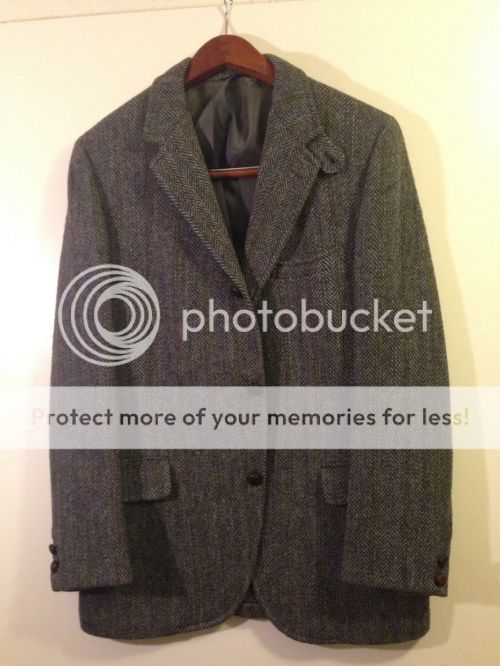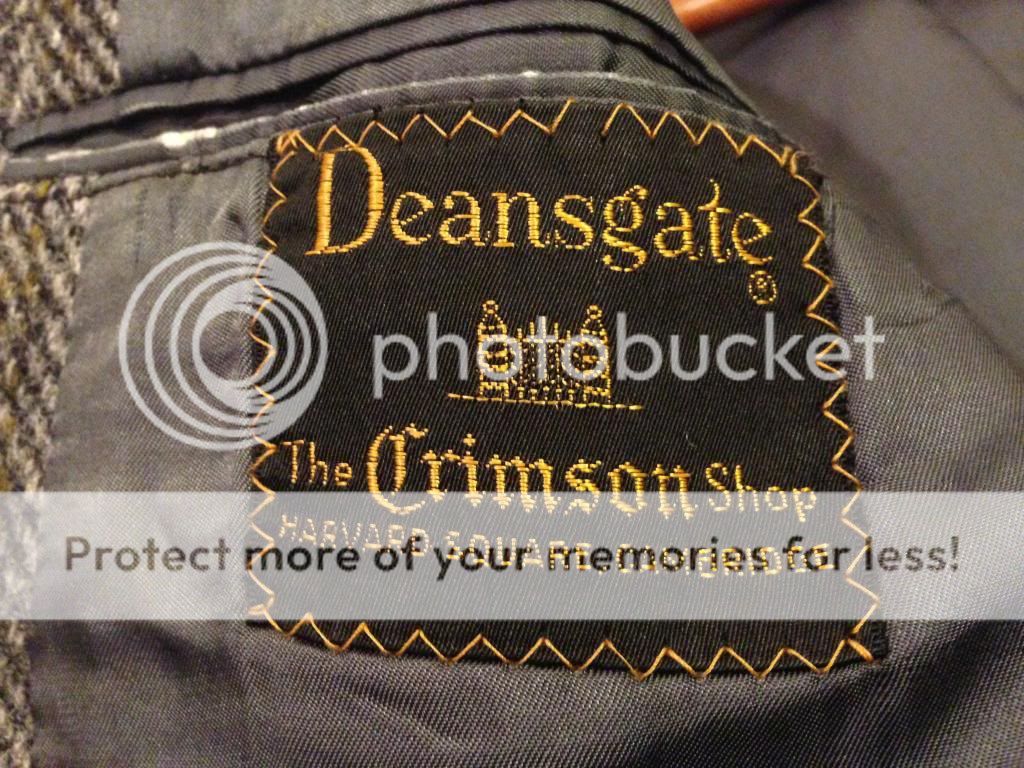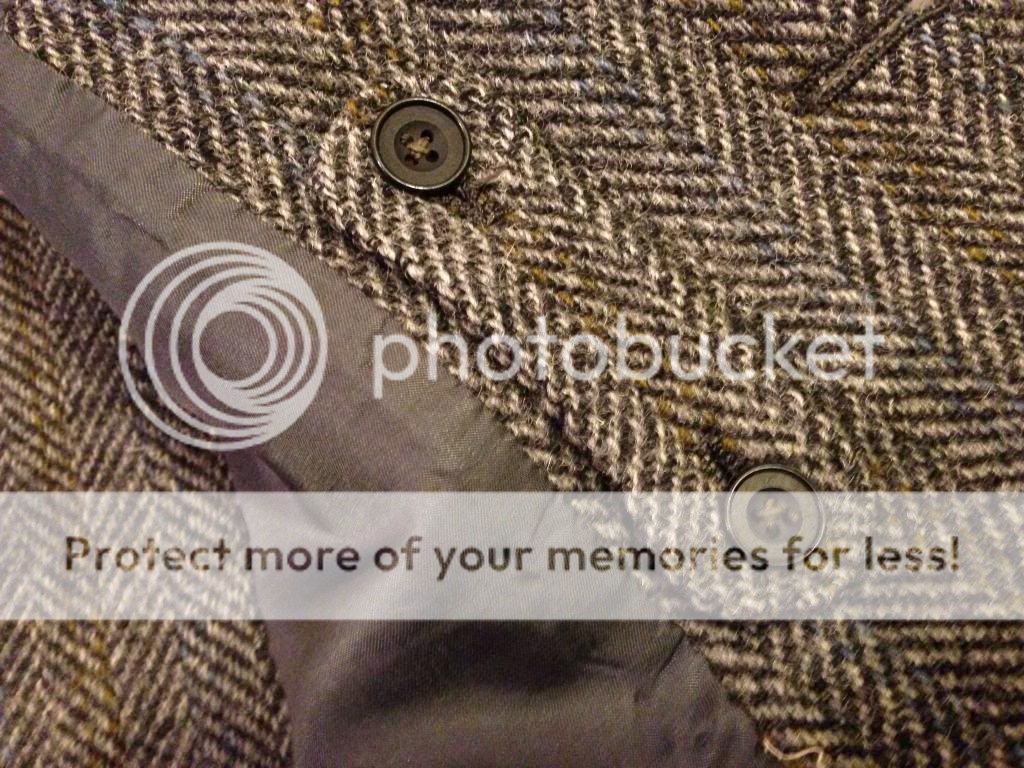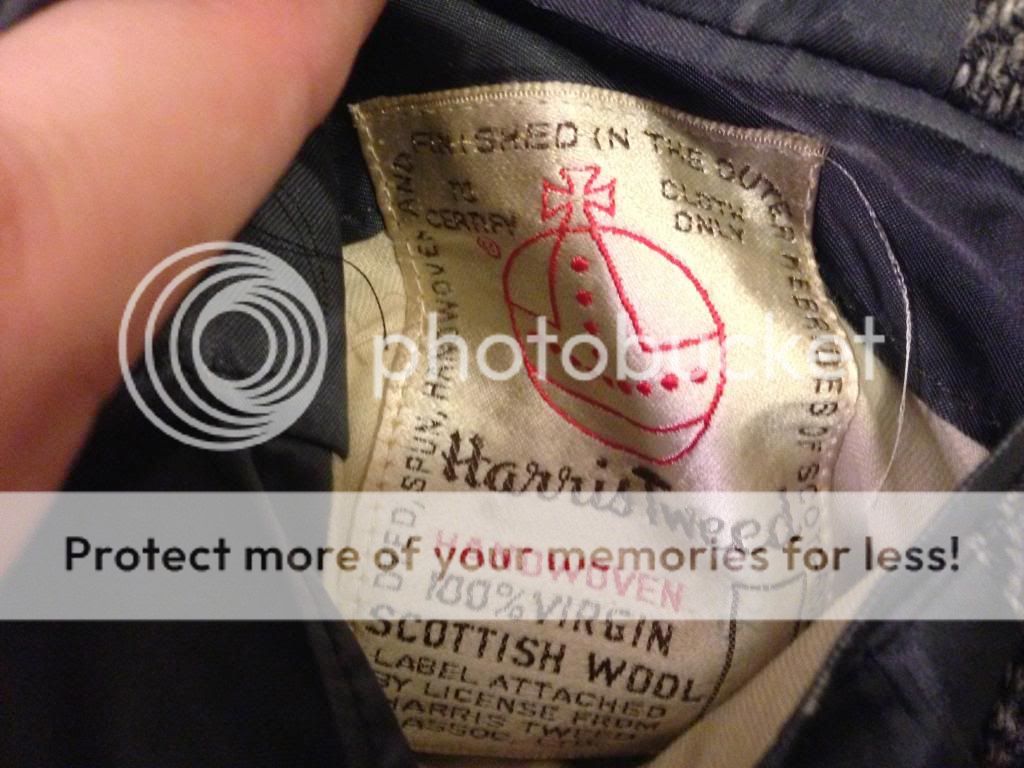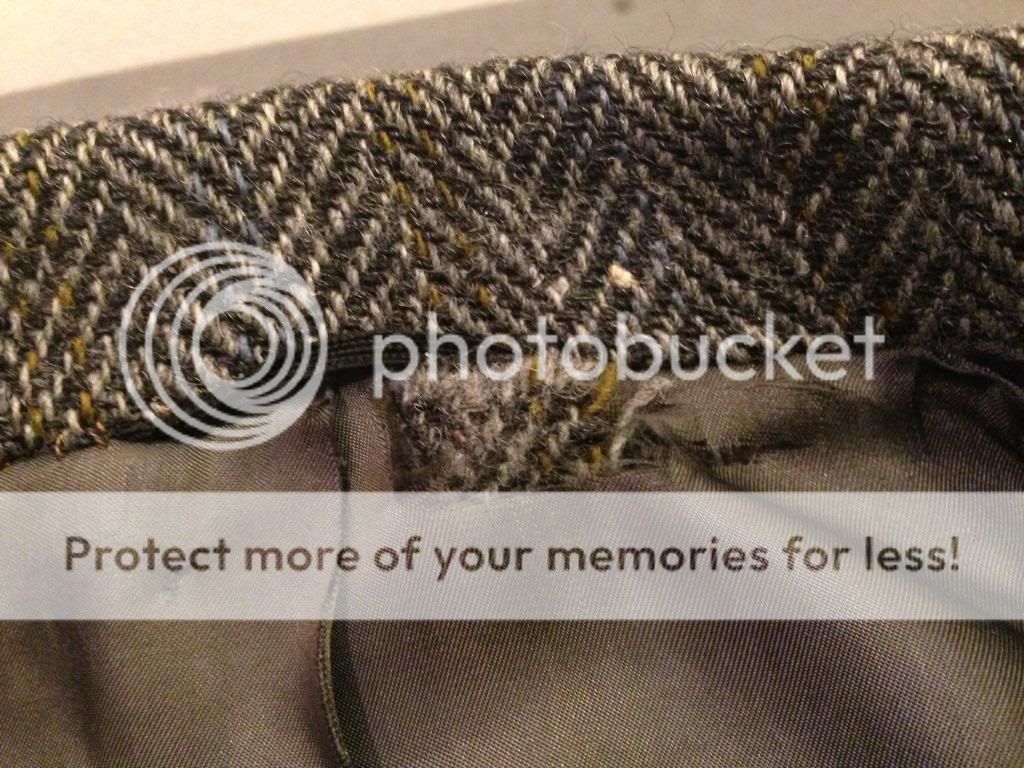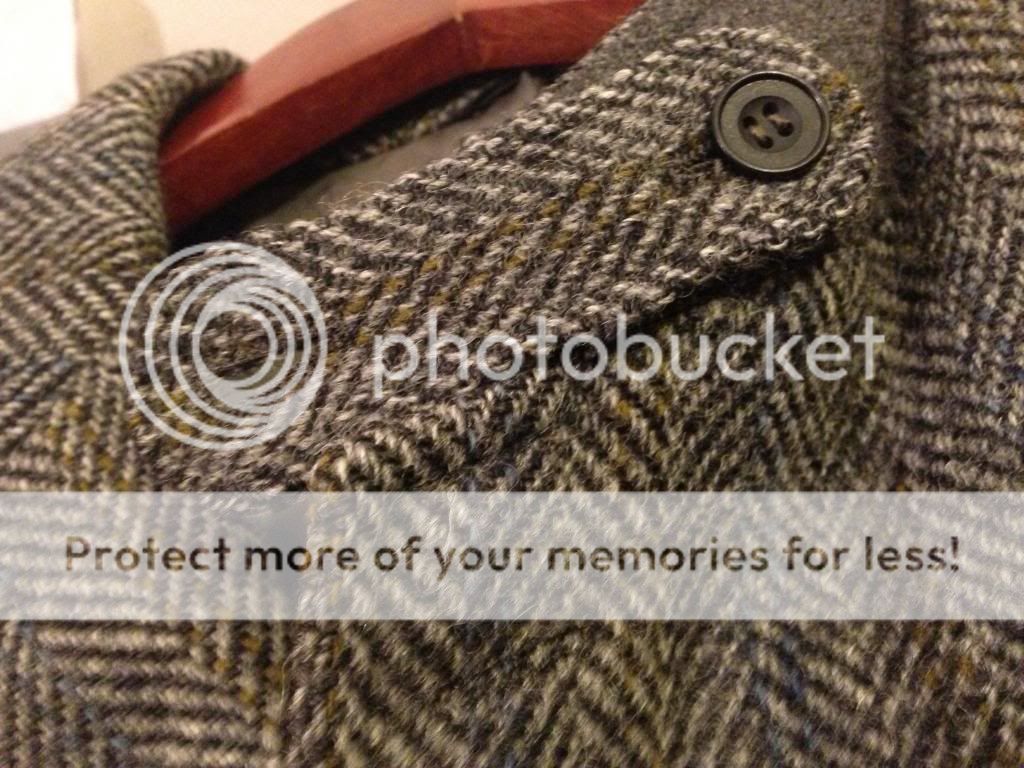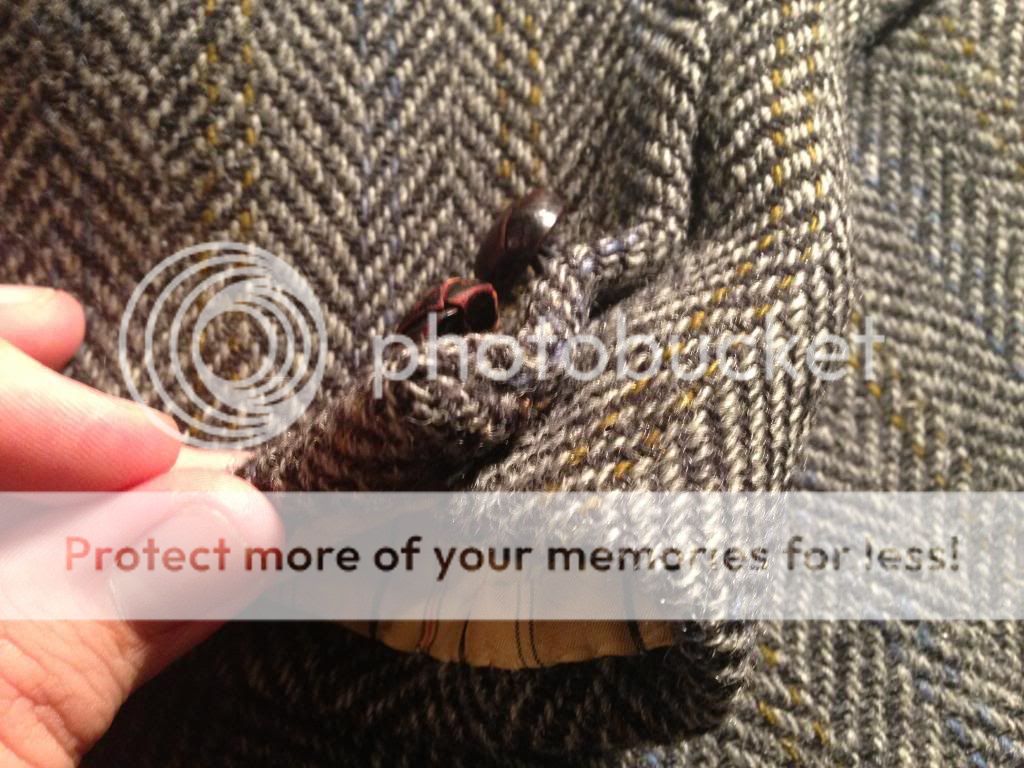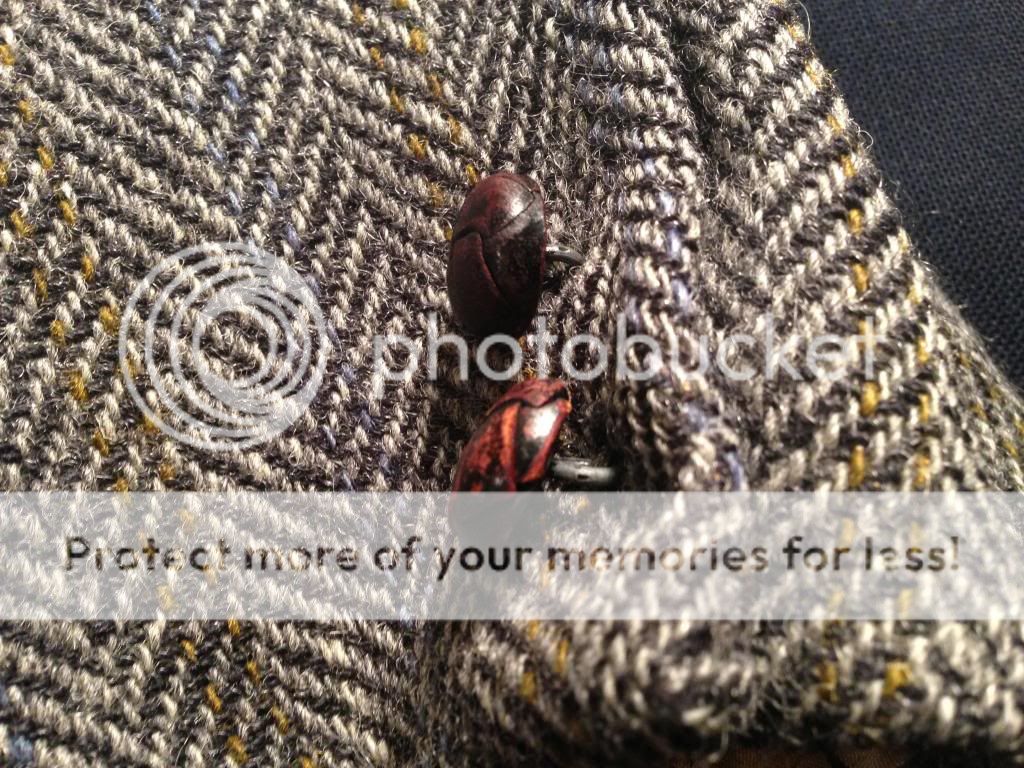Hi,
I will have a grey herringbone harris tweed jacket made for the autumn and I want to make it as close as possible to a 50s/60s ivy/trad jacket, but I haven't a vintage one in my hands. It will have all the correct details: half-lined, natural shoulder, 3/2 roll, no front darts, lapped seams, hook vent, and 2 buttons on the sleeves, but I need some clarifications.
So my questions are:
- what would be the best/correct measurement for the lapped seams? Some says 1/4" (6mm), others 5/16" (8mm)
- would it be better/more correct to make all the seams lapped (I mean the back of the jacket too) or only the lapel, front and pockets' flaps?
- Should I prefer side patch pockets over regular ones?
- how deep should be the hooked vent? I read also 10-11", but I think 9" could be better, "The Ivy Look" book says only 6" but I think this is wrong.
- should be the button-hole on the collar open or not?
- should the two buttons on the sleeves have fake (as I see more often) or also working button-holes?
- which kind of button wouold be better? I don't like leather button, so genuine horn? Corozo? Galalite? Or simply plastic?
- measurements of the buttons
Thank you very much in advance for your hints
I will have a grey herringbone harris tweed jacket made for the autumn and I want to make it as close as possible to a 50s/60s ivy/trad jacket, but I haven't a vintage one in my hands. It will have all the correct details: half-lined, natural shoulder, 3/2 roll, no front darts, lapped seams, hook vent, and 2 buttons on the sleeves, but I need some clarifications.
So my questions are:
- what would be the best/correct measurement for the lapped seams? Some says 1/4" (6mm), others 5/16" (8mm)
- would it be better/more correct to make all the seams lapped (I mean the back of the jacket too) or only the lapel, front and pockets' flaps?
- Should I prefer side patch pockets over regular ones?
- how deep should be the hooked vent? I read also 10-11", but I think 9" could be better, "The Ivy Look" book says only 6" but I think this is wrong.
- should be the button-hole on the collar open or not?
- should the two buttons on the sleeves have fake (as I see more often) or also working button-holes?
- which kind of button wouold be better? I don't like leather button, so genuine horn? Corozo? Galalite? Or simply plastic?
- measurements of the buttons
Thank you very much in advance for your hints


